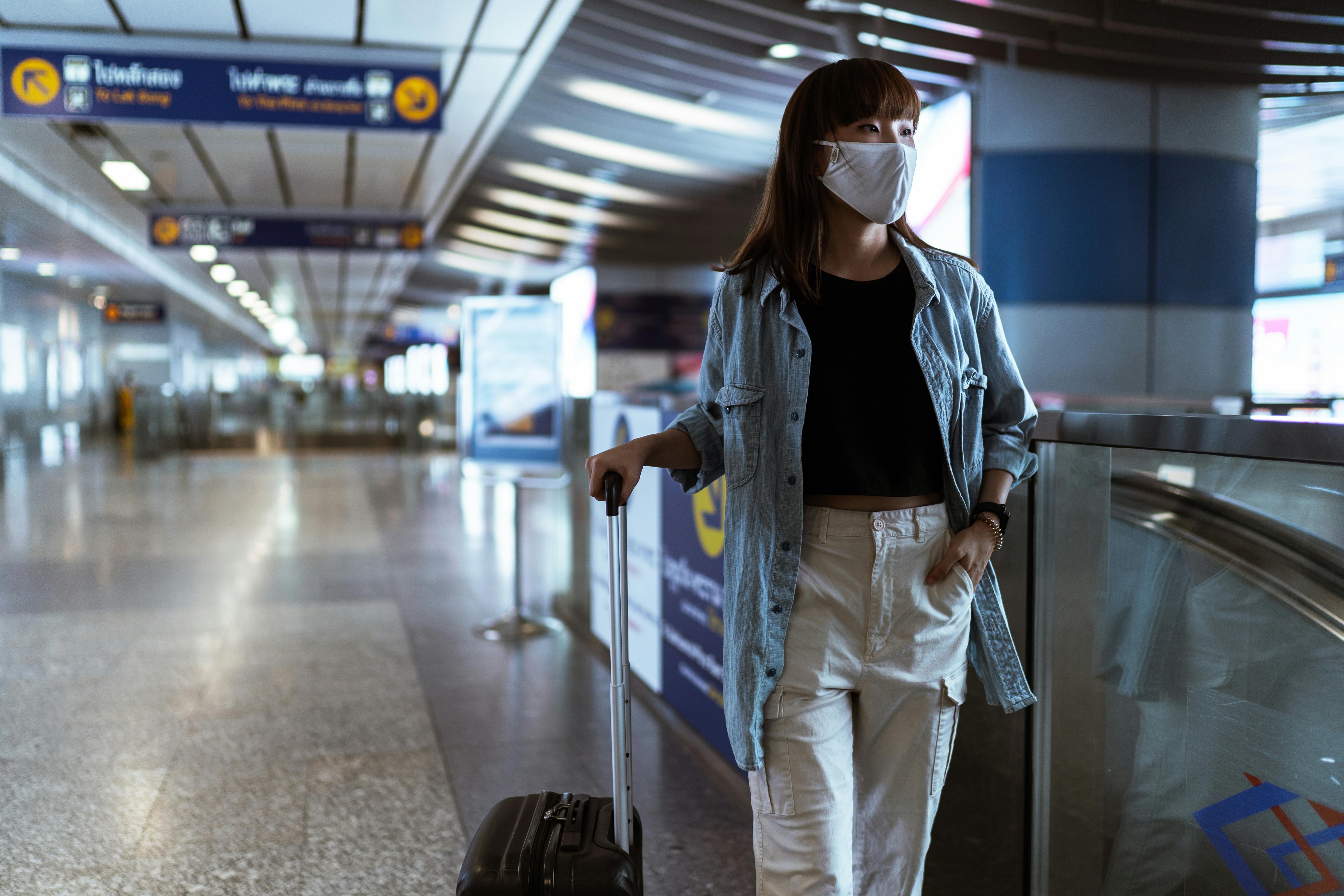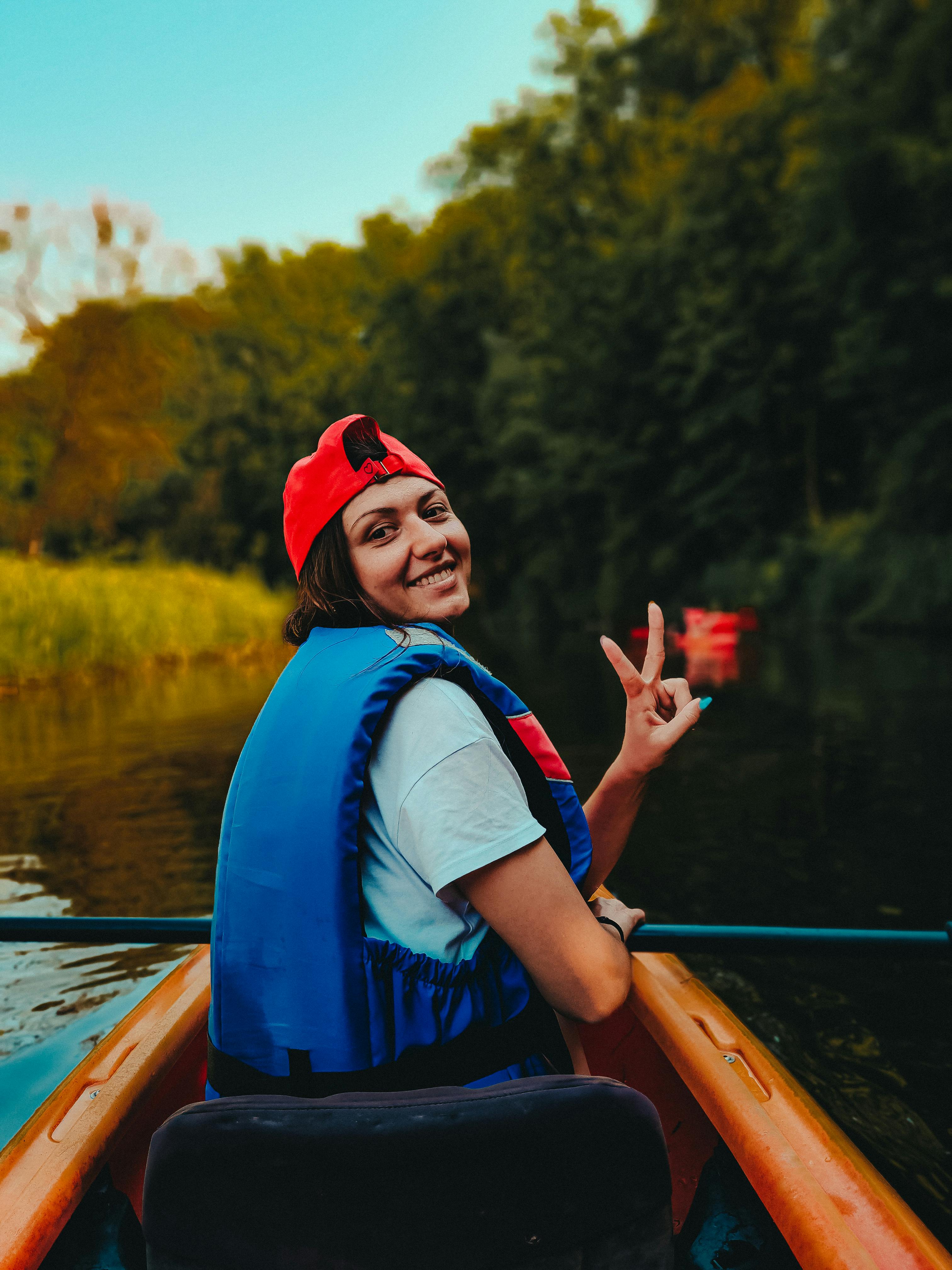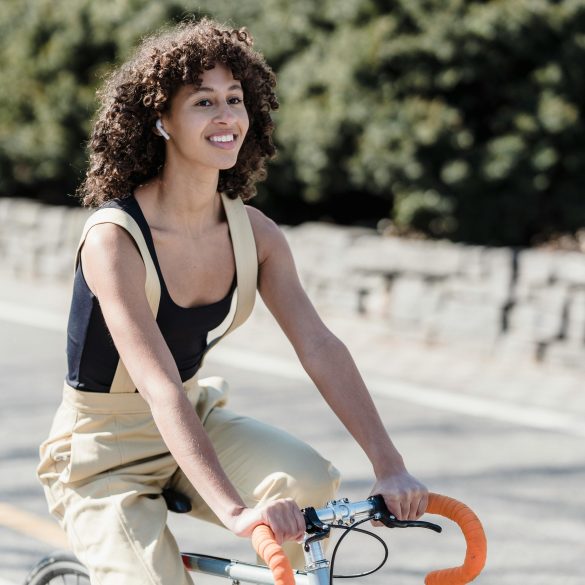Solo Travel Safety Tips for Women: 2025’s Essential Guide
Is there anything quite like the mix of anticipation and anxiety as you plan your first solo travel adventure? Personally, I remember standing in a crowded departure lounge three years ago—passport clutched tight, mind spinning with both excitement and last-minute worries. Funny thing is, nearly every woman I’ve worked with since has shared that same cocktail of emotions. In my experience, nothing builds confidence (or transforms your perspective) quite like solo travel, but let’s be honest: there’s a unique set of safety concerns you simply can’t ignore.1
Let me clarify what makes this conversation different in 2025. We’re not just rehashing old safety clichés. Post-pandemic, border policies have shifted; technology’s changed everything—especially the apps travelers rely on. Meanwhile, global news cycles highlight everything from increased women’s mobility in Southeast Asia to new safety infrastructure popping up in major European cities. This guide draws from hands-on experience, digesting recent research, and ground-level reality checks from solo travelers and travel safety experts worldwide.2
Why Focus on Solo Travel Safety for Women—Now?
Here’s the thing: from my perspective, solo travel for women is surging. Booking.com reports a 33% increase in solo female travel bookings just last year.3 That’s bonkers. And yet, the safety landscape’s evolving just as quickly—new risks, better resources, and a much wider range of destinations calling out to adventurous spirits. Should you worry? Sure—but only enough to plan smart and stay prepared (not to stay home).
What Are the Real Risks—and Opportunities?
Ever notice how most mainstream advice feels either too alarmist (“Don’t go out after dark!”) or way too casual (“All you need is a smile!”)? Actually, let me clarify: the safest solo travel plans start with reality—not wishful thinking, not scare tactics. The World Tourism Organization highlights that women traveling alone report elevated anxiety around transit safety, digital scams, and local misunderstandings.4 But here’s what gets me: most of these risks can be managed.
Did You Know?
Japan recently introduced “women only” subway carriages to fight harassment during peak hours. As someone who’s navigated Tokyo’s labyrinthine rail system, I’ve found these options make a real difference for peace of mind.5
So, why am I writing this now, in 2025? News flash: the risk landscape is both wider and more navigable. Digital safety and local accessibility are better, but new scams (and shifting cultural norms) mean yesterday’s “rules” aren’t always enough. My hope here isn’t just to educate, but to equip real travelers—with flexible strategies, not fixed formulas. That’s how we thrive, not just survive.
Actionable Takeaways Right Up Front
- Don’t overthink solo travel risks—the right amount of prep beats anxiety every time.
- Your digital footprint matters as much as your real-world location—learn how to lock down both.
- Local culture can be your greatest asset—or, if misunderstood, a big challenge. Prepare accordingly.
- Safety resources are evolving rapidly—apps, networks, and new infrastructure can help.
Who Should Read This?
In my experience, this guide serves both the first-timer (nervously googling “solo female travel”) and the seasoned pro vetting new destinations for 2025 and beyond. And if you’re somewhere in between—maybe you’ve tackled one solo trip and want to level up your safety game—you’ll find a ton of practical, honest advice to keep you confident, informed, and inspired. Anyway, let’s dive in. Safety wisdom today is about adaptability, not just caution.
Pre-trip Preparation & Mindset Shifts
Here’s a question—what’s the single biggest safety mistake solo female travelers make before departure? I’ll be completely honest: not researching destination-specific risks enough. It sounds basic, but it’s true. I used to think “safe country = safe city,” until a mentor pointed out that urban/suburban differences can be massive, especially in tourist hotspots where petty crime spikes.
Key Steps to Safer Preparation
- Check up-to-date travel advisories and local news sources. Don’t just rely on government alerts—scan forums, women’s travel groups, and local social channels for ground truth.6
- Map out accommodations by proximity to “safety anchors”—police stations, 24-hour stores, well-lit transit stops.
- Download and set up trusted safety apps before leaving home (think: Google Maps, TripWhisperer, SafeUp, and WhatsApp emergency contacts).
Next, mentally rehearse what you’d do in a worst-case scenario. It sounds dramatic, but let me clarify—practicing “what if” can make actual surprises feel more manageable (I still get nervous in new places, so I always pre-set emergency routines in my mind).
Your Safety Kit: Essentials for 2025
- Portable charger and universal adapter (never underestimate the comfort of powered devices).
- Physical backup of ID, insurance, and emergency numbers.
- Lightweight personal alarm that fits on your keychain—according to urban research, these deter opportunistic threats better than pepper spray in many regions.7
Practical Safety Logistics: Before and During Your Trip
Let’s talk practical logistics. I know you’ll hear a ton of conflicting advice (“Always dress like a local!” vs “Just be yourself!”), but what really works is context-based blending—not mimicry. Blending means matching the tone of your environment, whether that’s quiet in a temple or bold in a market. Interestingly enough, newer clothing trends like “minimalist neutral” options make safe travel packing even simpler in 2025.8
Here’s a list of genuine logistical tips I swear by (and have revised over the years):
- Book accommodation with verifiable reviews—scour at least 3 sources to spot red flags.
- Arrive in daylight whenever possible; schedule transport directly to your address instead of ambiguous bus stops.
- Keep local cash—and a digital wallet—ready, but separate. I learned that one the hard way in Prague, after a pickpocket nabbed my main wallet years ago.
- Store backup copies of all your travel documents online using encrypted cloud storage.
- Have a “check-in routine” with someone you trust. Text locations, arrival times, and changes of plans.
Safety by Season & Time of Day
In Scandinavia, daylight hours shift dramatically between summer and winter. Norwegian authorities recommend that women plan urban walks and activities based on local sunrise/sunset times, especially in winter when darkness can dominate up to 18 hours a day.9
What really strikes me is how fast neighborhood “vibes” change with the clock—always double-check opening hours, local holidays, and crowd patterns. Lone walks can feel safe in some cities at noon, but completely different after 8pm. Trust your instincts, but back them up with data.
Self-Defense: Myth vs. Reality
I go back and forth on self-defense classes. Practical moves give some confidence, yes, but most pros now stress situational awareness over physical confrontation.10 Knowing escape routes and emergency contacts has saved more solo travelers than martial arts ever did, by and large.

Choosing Destinations: Research, Risk, and Reward
Selecting where to go is part excitement, part strategic calculation. Let’s be clear here: just because a place tops “best destinations for solo women” lists doesn’t mean it’s a one-size-fits-all situation. What excites me most about 2025 is the explosion of real-time destination data—updated weekly on platforms like TripWhisperer and SafeUp. These sources often share community alerts, digital scam warnings, and crowd-sourced local tips far faster than government bulletins.11
Destination Safety Table: Quick Reference for Solo Female Travelers
| Destination | Key Safety Concern | Safety Resource | Best Season |
|---|---|---|---|
| Tokyo, Japan | Transit Harassment | Women Only Train Cars | Spring/Fall |
| Reykjavik, Iceland | Weather Risks | Tourist Info Center Hotlines | Summer |
| Bangkok, Thailand | Digital Scams | SafeUp Alerts & Local Embassies | Winter |
| Madrid, Spain | Pickpocketing | Tourism Police Posts | Spring/Autumn |
Of course, don’t just stick to what’s trending—match your plans with your comfort zone, skill level, and weather preferences. Personally, humid climates throw me off my A-game, but I know friends who swear by Southeast Asia’s dry season for solo adventure.
Leveraging Community & Technology: The Smart Traveler’s Network
Back in the day, most solo safety tips came from guidebooks and traveler tales swapped in hostels. The pace is different now. Peer-reviewed travel apps with live community check-ins mean help is just a tap away—especially in sticky situations. My current thinking? Tech used wisely is a safety multiplier, but tech overuse (glued to your screen, missing local context) is a risk in itself.12
Must-Have Apps for Solo Female Travelers—2025 Edition
- TripWhisperer: Custom safety alerts, local tip-offs.
- SafeUp: Real-time community “safe space” requests and check-ins.
- Sitata: Health and medical advisories for each region.13
- WhatsApp: Quick emergency location sharing—trusted by millions worldwide.
Community Wisdom: Learning from Real Travelers
Podcast interviews and travel forums highlight this trend: solo women increasingly rely on rapid-response online communities—and it’s saving lives. I’ve encountered situations (lost passports, minor medical emergencies) where real-time support from digital traveler networks trumped embassy help by hours.14
But one more thing: digital community means more than just crowdsourcing answers. In 2025, experienced travelers are using local WhatsApp groups, city embassy WhatsApps, and verified Reddit threads to flag current events, scams, or neighborhood patterns not yet in official reports. Did you know some cities now host official safety “ambassadors”—volunteers who reply to real-time questions online or meet travelers face-to-face at central stations? (Madrid, Vienna, and Berlin piloted these in early 2024—a model that’s spreading fast.)15
Expert Interview Opportunities
- Speak with travel safety experts for local “dos and don’ts.”
- Connect with city safety ambassadors for up-to-date advice.
- Join solo traveler online meetups before departure—build support networks.
Common Mistakes, Persistent Myths, and Essential Final Advice
Okay, let’s get brutally honest—not every solo travel day is Instagram-perfect, no matter what the posts show. My own rookie mistake: forgetting to check for local holidays, ending up on a closed metro in Budapest (thankfully, local students bailed me out). Mistakes happen, but how you handle them determines the story you tell.
Debunking the Top 3 Solo Travel Myths
- “It’s dangerous everywhere after dark.” — In reality, what matters is the local context, not the clock. Some neighborhoods are safer at midnight than at noon.
- “Self-defense is enough.” — Actually, digital safety, situational awareness, and local support outpace physical preparedness.16
- “Solo travel means you’re alone.” — Constant connectivity (when balanced with mindful offline engagement) means you’re rarely truly isolated.
Must-Know Tips I Wish I’d Learned Sooner
- Ask for help before you “need” it—locals usually appreciate curiosity and planning.
- Double-check transit strike announcements, especially in Europe; changes ripple through entire cities.17
- Set location-sharing for emergency contacts, but turn off when not required—balance safety and privacy.
- Use public Wi-Fi cautiously—even major cities are prone to digital scams.
- Remember: improvisation is your friend. Rigid plans = disappointment; adaptable plans = resilience.
Final Reflections: Beyond Worry, Toward Empowerment
Looking ahead, I’m convinced solo travel will only become more accessible—and safer—with greater global awareness and ongoing evolution of community networks. But, no matter how many tools or apps emerge, what really matters is mindset: curiosity, caution, adaptability. If you can combine those, every challenge becomes a new chapter.
Ready to Embark?
If you’re hesitating, consider this your call to action. Start small, prep smart, and reach out—travel isn’t about perfection, it’s about learning to thrive. And you absolutely can.18
References & Further Reading



